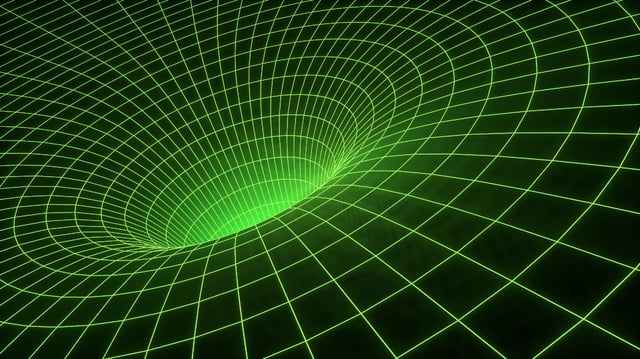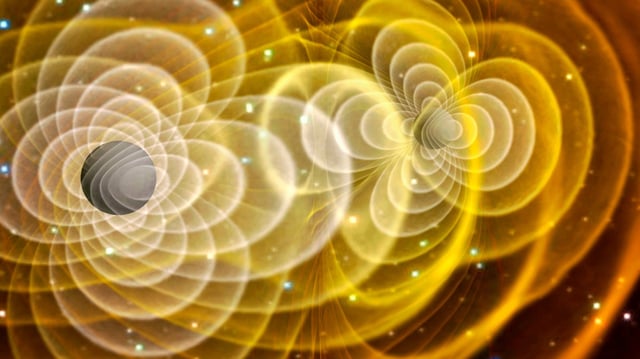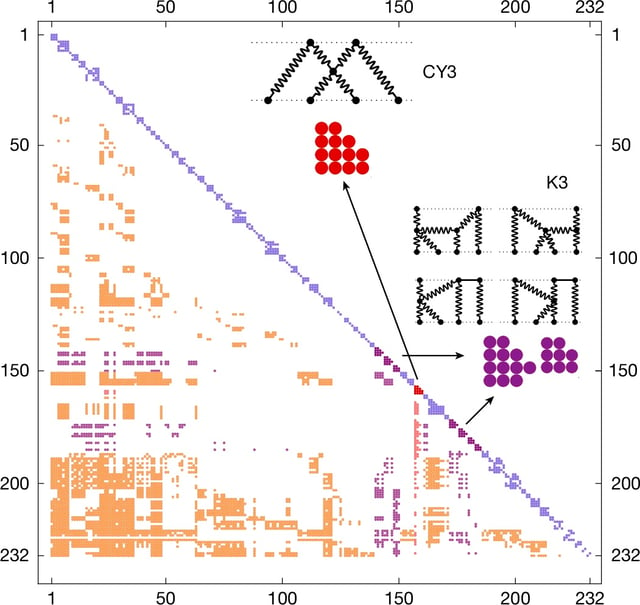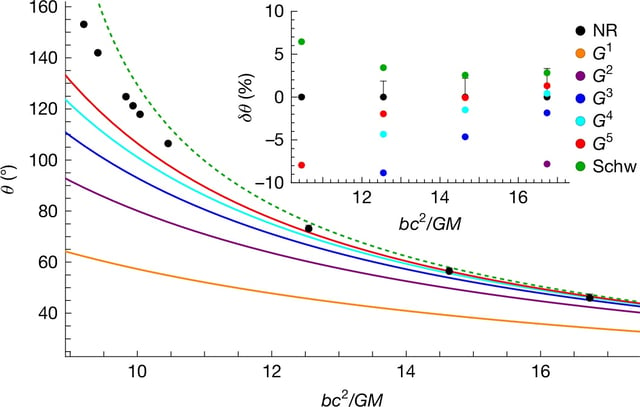Overview
- An international team led by Jan Plefka and Gustav Mogull has achieved fifth post-Minkowskian (5PM) precision in modeling black hole interactions.
- The study introduces Calabi-Yau three-fold geometries, previously rooted in string theory, into calculations of radiated energy and recoil.
- Over 300,000 core hours of high-performance computing at the Zuse Institute Berlin were used to solve complex equations governing black hole dynamics.
- These advancements align with the increasing sensitivity of gravitational-wave observatories like LIGO and the upcoming LISA mission.
- The findings bridge general relativity and algebraic geometry, offering new tools for interpreting gravitational wave signals from extreme cosmic events.



